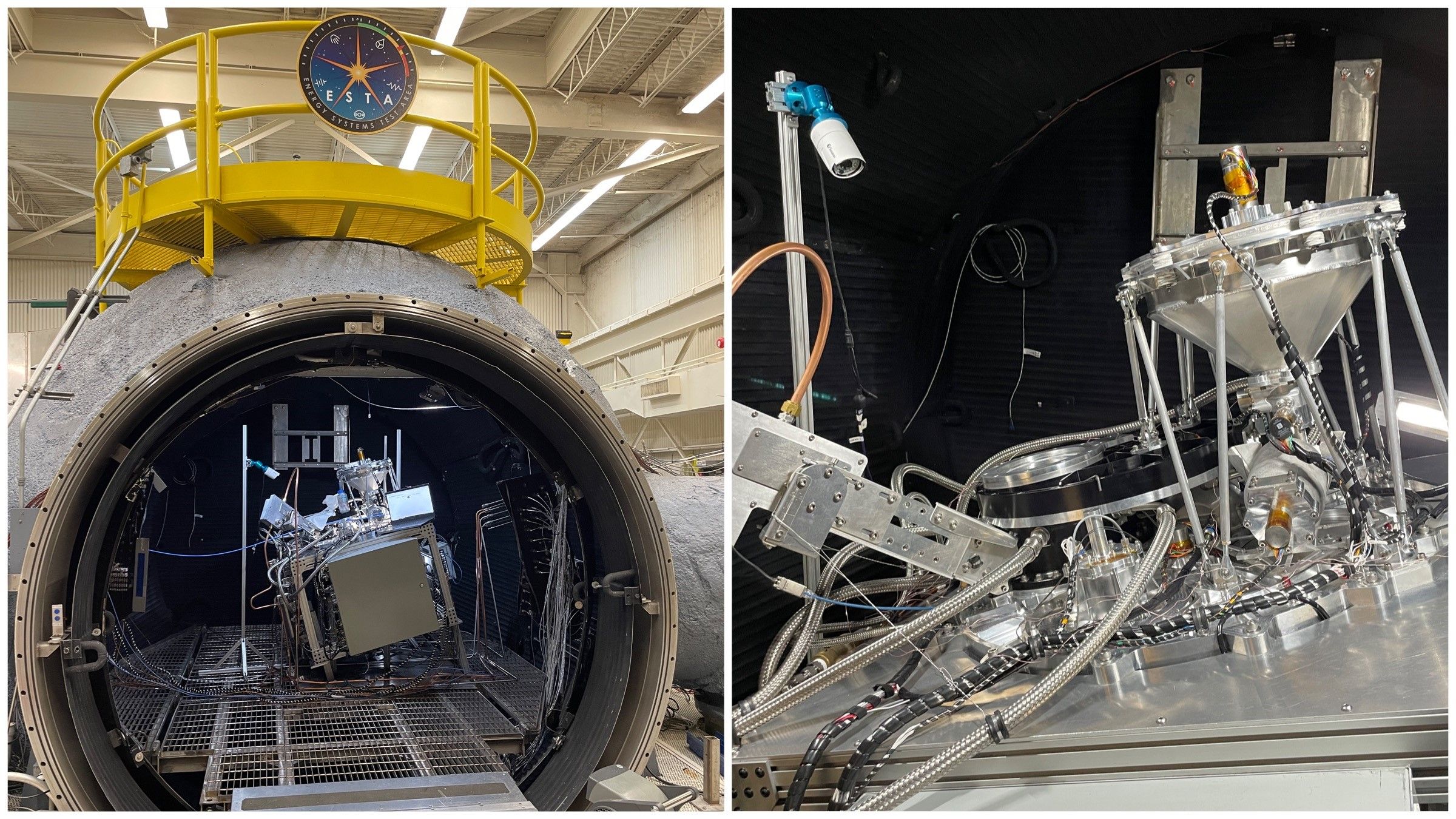Tech advice: Tools come with benefits, drawbacks

LOVELAND — The tools are there to help business owners operate and grow. It’s just a question of which ones and how to implement them.
So said Jeff Beyle, CEO and co-founder of SC Tech Systems, a trade name for Boulder software company Sticker Control Inc.
Beyle delivered the keynote address at Wednesday’s Northern Colorado Manufacturing Trade Show and Job Fair at the Ranch in Loveland.
SPONSORED CONTENT
His advice for executives attempting to solve problems:
- Be decision-driven, instead of data-driven. “What decisions do you need to make to be more efficient? Allow that to determine the data that you need to support decisions.”
- Consider what technology addresses pain points. “What’s good for you might not be for them (another similar company).”
Beyle reviewed several commonly discussed technology systems that are touted as time savers and efficiency boosters. Tools such as ChatGPT, which he quipped — according to his wife — is the ultimate “mansplainer.”
“ChatGPT is a sophisticated auto-complete tool. It deals in probabilities. It determines what’s the most likely next word in a string,” he said.
He said users need to be careful how they ask questions in order for ChatGPT to draft a response from its search of world wide websites.
“It’s good at content generation,” he said, and might be useful to draft emails or marketing messages to customers, but needs to be edited. “It’s a tool to get you started,” he said.
As noted by an audience member, if the tool doesn’t know or can’t find information you’ve requested, it will make it up, which can be damaging for a company. And therein lies the challenge: “A lot of content is being generated by these tools, and that content is then published, and the tool begins to use that published information to train itself,” thus perpetuating errors in the original information.
Beyle said that machine-learning technology may be more useful to manufacturers. Machines can use data to generate a formula for improved output — optimizing processes through data.
The end result of machine learning, of course, depends on quality data. Beyle advised technology users to first clean up data sources before using it to generate improved processes.
Machines, he said, have the advantage of being able to more quickly recognize patterns in data. A credit-card company, for example, can use technology to detect patterns in transactions that might signal fraud, patterns that could take a human much longer to discover.
Executives wanting to use technology to ease pain points need to be cognizant of the effect of that technology on the front-line people who use it. There’s a fear among workers that technology will replace them, which is frequently not the case, at least not in the short term. It took computerization of the workplace 20 years before it actually resulted in increased productivity, he said.
“The benefits to the CEO might not benefit the people actually doing the work. You have to communicate why this is good for you. This is a serious problem that comes up over and over again. If you don’t give people a reason to believe or buy in, they’ll make up their own,” Beyle said.
Companies should expect that new technology will cause productivity to go down as people adjust, he said. Also, “all technology can be a double-edged sword. There’s productivity and anti-productivity from the same tool. People will always find ways to mess around with things and waste time.”
Technology has been used to reduce worker numbers, but more commonly “it’s used to do jobs that people don’t want to do — a robot in a dangerous situation or a robot lifting heavy things.”
LOVELAND — The tools are there to help business owners operate and grow. It’s just a question of which ones and how to implement them.
So said Jeff Beyle, CEO and co-founder of SC Tech Systems, a trade name for Boulder software company Sticker Control Inc.
Beyle delivered the keynote address at Wednesday’s Northern Colorado Manufacturing Trade Show and Job Fair at the Ranch in Loveland.
His advice for executives attempting to solve problems:
- Be decision-driven, instead of data-driven. “What decisions do you need to make to be more efficient? Allow that to determine the data that you need to support decisions.”
- Consider what technology…
THIS ARTICLE IS FOR SUBSCRIBERS ONLY
Continue reading for less than $3 per week!
Get a month of award-winning local business news, trends and insights
Access award-winning content today!





